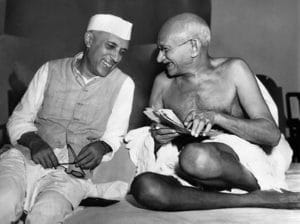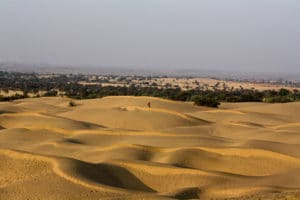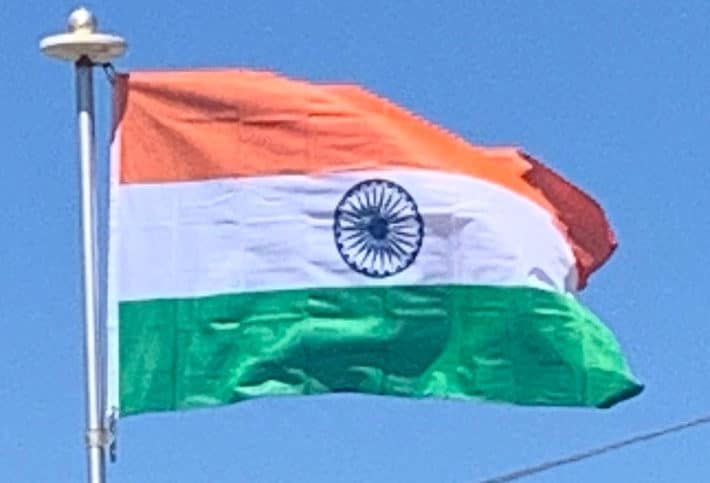After World War I, in which approximately one million Indians served, a new period began. It was marked by British reforms but also repressive legislation, by more strident Indian calls for self-rule, and by the beginnings of a nonviolent movement of non-co-operation, of which Mohandas Karamchand Gandhi would become the leader and enduring symbol. During the 1930s, slow legislative reform was enacted by the British; the Indian National Congress won victories in the resulting elections. The next decade was beset with crises: Indian participation in World War II, the Congress’s final push for non-co-operation, and an upsurge of Muslim nationalism. All were capped by the advent of independence in 1947, but tempered by the partition of India into two states: India and Pakistan.

Vital to India’s self-image as an independent nation was its constitution, completed in 1950, which put in place a secular and democratic republic. It has remained a democracy with civil liberties, an active Supreme Court, and a largely independent press. Economic liberalization, which began in the 1990s, has created a large urban middle class, transformed India into one of the world’s fastest-growing economies, and increased its geopolitical clout. Indian movies, music, and spiritual teachings play an increasing role in global culture. Yet, India is also shaped by seemingly unyielding poverty, both rural and urban; by religious and caste-related violence; by Maoist-inspired Naxalite insurgencies; and by separatism in Jammu and Kashmir and in Northeast India. It has unresolved territorial disputes with China and with Pakistan. India’s sustained democratic freedoms are unique among the world’s newer nations; however, in spite of its recent economic successes, freedom from want for its disadvantaged population remains a goal yet to be achieved.
Geography:
India accounts for the bulk of the Indian subcontinent, lying atop the Indian tectonic plate, a part of the Indo-Australian Plate. India’s defining geological processes began 75 million years ago when the Indian Plate, then part of the southern supercontinent Gondwana, began a north-eastward drift caused by seafloor spreading to its south-west, and later, south and south-east. Simultaneously, the vast Tethyan oceanic crust, to its northeast, began to subduct under the Eurasian Plate. These dual processes, driven by convection in the Earth’s mantle, both created the Indian Ocean and caused the Indian continental crust eventually to under-thrust Eurasia and to uplift the Himalayas. Immediately south of the emerging Himalayas, plate movement created a vast trough that rapidly filled with river-borne sediment and now constitutes the Indo-Gangetic Plain. Cut off from the plain by the ancient Aravalli Range lies the Thar Desert.

The original Indian Plate survives as peninsular India, the oldest and geologically most stable part of India. It extends as far north as the Satpura and Vindhya ranges in central India. These parallel chains run from the Arabian Sea coast in Gujarat in the west to the coal-rich Chota Nagpur Plateau in Jharkhand in the east. To the south, the remaining peninsular landmass, the Deccan Plateau, is flanked on the west and east by coastal ranges known as the Western and Eastern Ghats; the plateau contains the country’s oldest rock formations, some over one billion years old.
